If you play any kind of sport, you’ll be well aware that concussions have the potential to be a serious issue. So, with that in mind, how can you look to avoid concussions in the first place?
The risk of suffering from a concussion is something you will always have to contend with, no matter what sport or type of fitness you enjoy. Granted, the chances of suffering a concussion are likely to be greater in contact sports such as rugby, but that doesn’t mean it’s an impossibility in any other scenario.
Concussions can range from being a minor, short term-health concern, to something much more serious. That’s why it’s important to be aware of how you can avoid a concussion, especially if you’ve ever suffered a head injury in the past.
In this post, I’ve put together some useful tips for avoiding a concussion in sports and fitness so you can be sure you stay as safe as possible. Be sure to read on below to find out more!
What is a Concussion?
Before I delve into the ways you can avoid a concussion in sports and fitness, it’s important to have a detailed understanding of what it is and what the short and long-term effects might look like.
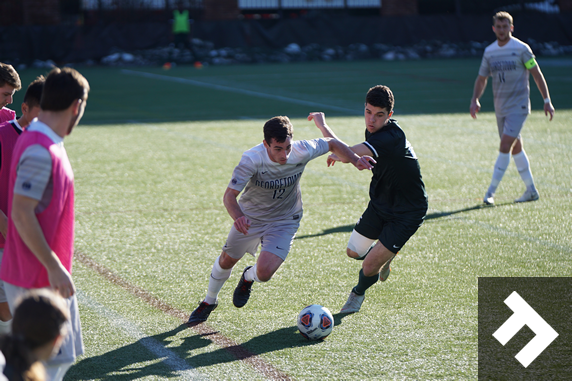
Put simply, a concussion is a type of traumatic brain injury which is caused by a direct blow or jolt to the head, or a hit to the body which causes the head and brain to rapidly move back and forth. The sudden movement results in the brain bouncing or twisting in the skull, creating chemical changes in the brain and sometimes damaging brain cells.
Some people assume that someone can only have suffered a concussion if they immediately lose consciousness. This isn’t necessarily the case. In fact, there are a multitude of potential signs someone has suffered a concussion, which can either be observed or reported.
Observed symptoms may include:
- Dazed or stunned appearance
- Forgetting instructions, confused about general environment
- Clumsy movement
- Struggling to answer questions
- Mood or personality change
- Lost consciousness
Reported symptoms may include:
- Headaches or pressure
- Nausea
- Dizziness
- Uncomfortable with light or noise
- Memory problems
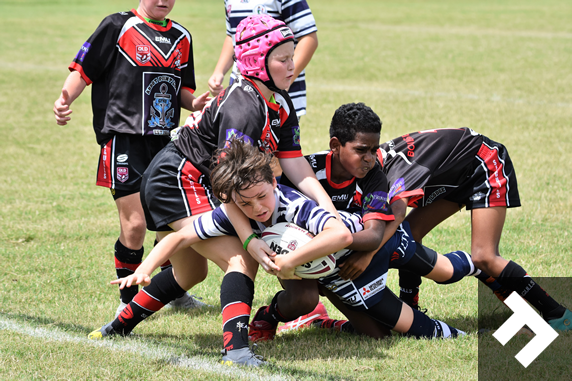
It’s important that the signs of a concussion are immediately recognised so that the appropriate precautions can be taken at the earliest opportunity.
Tips for Avoiding a Concussion
So, now we know what a concussion is and the signs that could indicate someone has been concussed, let’s take a closer look at some of the ways you can help avoid one happening in the first instance.
Wear Appropriate Headgear
The most important tip to keep in mind when it comes to preventing concussions is to wear appropriate headgear where necessary. Plenty of sports require the use of headgear (such as a helmet in American Football, cricket and horse riding) and it is essential that this isn’t ignored.
There’s a reason why these sports mandate the use of protective headgear. Not only are the chances of suffering a head injury higher in these particular sports, but the severity of head injuries is also likely to be greater.
It’s also imperative that the headgear fits well and is properly fastened. This avoids the potential for the headgear to fall off and means that it will suitably absorb any blows to the head.
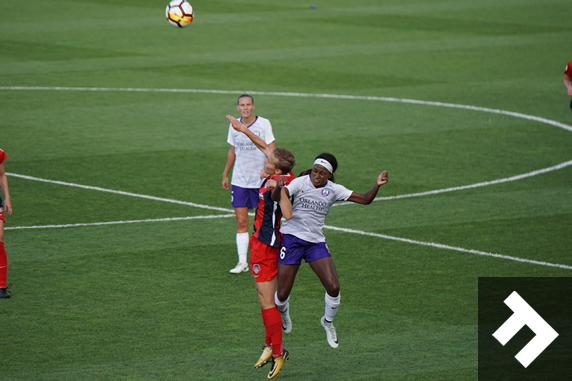
There are some sports where headgear is optional, such as scrum caps in rugby. Scrum caps are not used to avert concussions but are instead used to reduce superficial head injuries, including lacerations, abrasions and ‘cauliflower ears’.
Follow Safety Procedures
Every sport or fitness programme will have safety procedures and guidelines which are specifically designed to help reduce the potential for head injuries to take place.
Contact sports such as football and rugby have specific rules in place which are designed to keep players safe and to punish anyone who is deemed to be acting dangerously. For example, in football, players are not allowed to raise their foot above chest height and rugby bans ‘high tackles’ where someone intentionally connects with an opponent’s head or neck.
To keep everybody safe, it is important that these rules are followed by all players and are strictly enforced by officials.
There are also various safety tips to keep in mind during more straightforward fitness drills, such as lifting weights. It’s strongly advised that you always properly secure weights so that they don’t fall off the bar, and you should always be aware of your limitations to avoid dropping a weight that is too heavy.
Don’t Play Sports After Recently Suffering a Head Injury
If you have recently suffered a head injury, you should avoid immediately returning to play sports. This remains the case, even if you believe you did not suffer a concussion during your initial head injury.
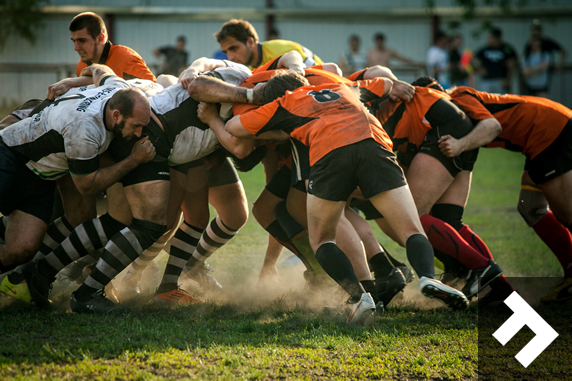
When we suffer a head injury, we are naturally more susceptible to suffering even further damage if we receive another blow to the head in quick succession. So, you should always take your time to properly heal before you consider heading back out to play sports or complete a particularly physical fitness class.
Taking football as an example, if someone has suffered a head injury, they are advised to rest for at least 14 days before they return to action. Of course, this will depend on the type and severity of the head injury and whether there were any additional complications.
Are You Concerned About Experiencing a Concussion During Sports or Fitness?
In this post, we’ve provided some insight into some of the ways you can avoid concussions in sport and fitness.
Of course, the unpredictability of sports means that a concussion could take place at any point. That said, these pointers should help to significantly reduce the risk of an avoidable incident taking place.
Have you got any further questions about concussions in sports and fitness, or any other tips you would like to share? If so, feel free to leave a comment below!
![]()
Please be advised that this article is for general informational purposes only, and should not be used as a substitute for advice from a trained medical professional. Be sure to consult a medical professional or healthcare provider if you’re seeking medical advice, diagnoses, or treatment. I’m not liable for risks or issues associated with using or acting upon the information on this site.
 Instagram
Instagram Pinterest
Pinterest Facebook
Facebook Twitter
Twitter YouTube
YouTube

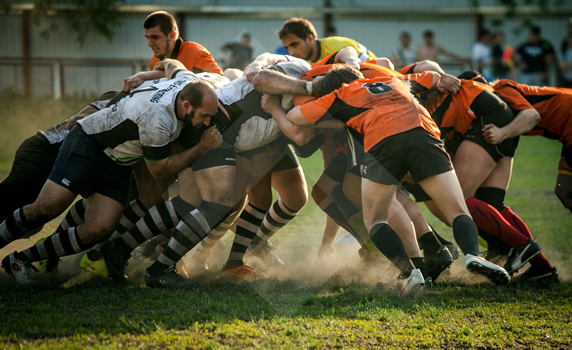


 Paul
Paul 



